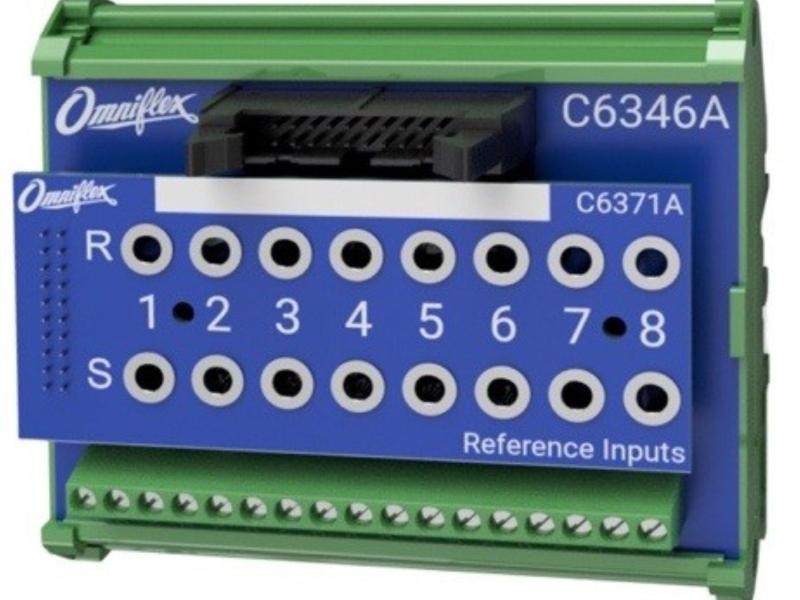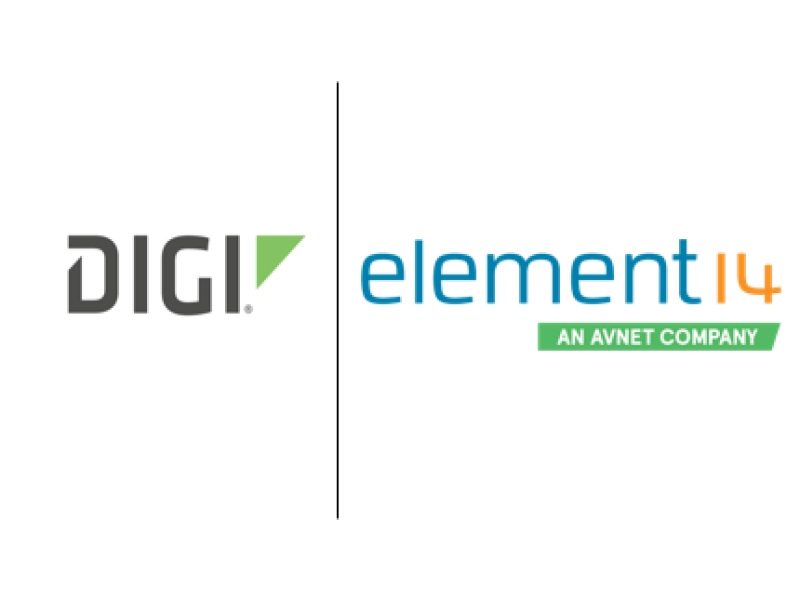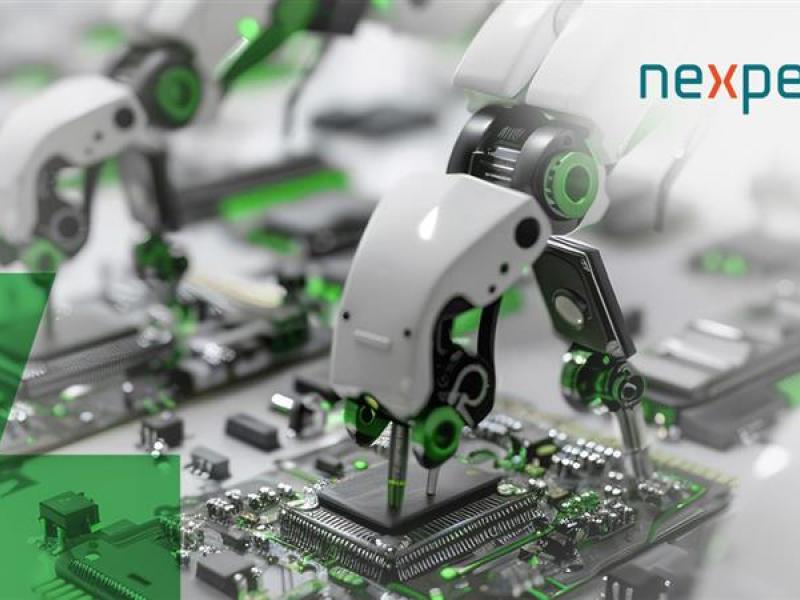Polychlorinated biphenyls are hazardous to human health and the environment. In New Zealand the use and storage of PCBs is prohibited since 2004, but they can still be found in transformers and capacitors. Funded by the Ministry for the Environment Transpacific Technical Services now offer a free service to safely collect and dispose of remaining PCBs.
Between 1930 to the late 1970s polychlorinated biphenyls (PCBs) were widely used in various industries throughout the world. The versatile substance could be found in applications such as electrical transformers and capacitors, hydraulic fluids, heat transfer fluids, solvent extenders, and many more. Unfortunately PCBs turned out to be highly toxic. In January 1968, rice bran oil contaminated with high concentrations of PCBs and PCDFs (polychlorinated dibenzofurans) was sold to Japanese consumers and poultry farmers. An almost identical incident happened in Taiwan in 1979. Each time about 2000 people were involved. Among the most notable symptoms were increased eye discharge, pigmentation of nails, skin and mucous membrane, unusual skin sores and feeling of weakness. There were also reports of poor cognitive development in children. Other reports stated that liver disease mortality among the affected groups became two to three times more frequent than national rates. In Japan, poultry farmers watched their animals suffer from breathing difficulties after having been fed with the contaminated rice bran oil. According to one source approximately 400,000 birds died.
PCBs are also referred to as persistent organic pollutants (POPs). What makes this group of substances so dangerous is the fact that they are not only highly toxic, but can also last for years, even decades, before degrading into less dangerous forms. What is more, they evaporate and travel long distances through the air and through water; and also have the ability to accumulate in fatty tissue, also known as bioaccumulation. PCBs concentrate in organisms as they move up the food chain until they can be found in high concentrations in the creatures at the top of it (including human beings). During pregnancy and through breastfeeding PCBs can finally be passed on to the next generation.
In 1995, the Governing Council of the United Nations Environment Programme (UNEP) addressed the topic and called for global action to be taken on POPs. The 12 most harmful POPs were selected, also known as the dirty dozen. The list of ‘offenders’ includes PCBs. After the negotiations for the convention had been completed on 23 May 2001, the Stockholm Convention on Persistent Organic Pollutants finally entered into force on 17 May 2004. New Zealand had already signed the convention in May 2001. The convention bans the production of PCBs because of their health and environmental hazards, but gives countries until 2025 to phase out the use of equipment containing PCBs. The recovered PCBs must be treated and eliminated by 2028. Under the national legislation of New Zealand (the Hazardous Substances and New Organisms [HSNO] Act 1996), all PCBs must be completely withdrawn from use and destroyed no later than 2016.
“In New Zealand significant quantities polychlorinated biphenyls can still be found in old-style transformers and capacitors,” says Gary Oakes, Business Development Manager, Transpacific Technical Services (NZ) Ltd. “But now businesses have been offered what could be a final chance to freely and safely dispose of PCBs.” TTS received funding from the Waste Minimisation Fund managed by the Ministry for the Environment, to set up a programme to safely dispose of PCBs and connect to the relevant industries. On 4 September 2011 Minister Nick Smith, from the Ministry of the Environment (MfE), took a tour of Transpacific’s three-hectare Auckland processing plant. “The Minister was very pleased with the success of the programme,” says Gary. “We not only help NZ get rid of PCBs and comply with the Stockholm Convention, but we also have been collecting above the forecasted amounts of PCBs we’ve been allocated.”
Gary explains how to take advantage of the ongoing promotion. “The free disposal service will run until the end of 2012 or until eight tonnes of PCBs are collected nationwide,” says Gary. “We are particularly targeting small PCB containing capacitors, typically found in older style fluorescent lighting ballasts. These ballasts may still be operating in some older buildings. Transformers and other items of electrical equipment containing PCBs may also be eligible.” You only have to size and weigh the waste and then call 0800PCBWASTE to be placed on the register. Transpacific will arrange for the collection or drop-off of the waste once acceptance criteria has been confirmed, at approved depots for PCB storage, located at designated Transpacific branches, and each branch will transfer its stock to the main store in Auckland.
The recommended disposal method for PCBs over 50ppm (parts per million) is high temperature incineration. Because legislation prevents incineration of this waste type in NZ, PCB disposal/elimination is carried out overseas under strict controls including full compliance with the Basel Convention. Gary emphasises that it is illegal to dispose of this waste in a non-compliant manner as it is harmful to NZ’s environment. “We want to encourage people to do the right thing, for their own sake and the sake of NZ’s future generations, and dispose of PCBs responsibly rather than dumping them into holes or landfills.” Gary also recommends consulting an electrical expert or looking at the websites listed in the textbox to determine if components that customers have doubts about such as transformers, capacitors or lighting ballasts, contain PCB’s. “We all win. New Zealand will remain a place where we and our children can enjoy a healthy environment. Providing they qualify under the terms of the program there is no cost to the customer. And should it become necessary to replace light fittings that contain PCBs, the replacement cost can be offset against the considerable savings from modern energy efficient lighting.”
Transpacific Technical Services (TTS) offer comprehensive, collection, treatment, and disposal facilities for liquid non-hazardous and hazardous waste. The company has been providing waste disposal solutions to the business community in New Zealand for over 50 years. TTS specialise in providing solutions to manufacturing, service and infrastructure companies and its uncompromising attention to detail in regards to the safe handling, transportation and disposal of liquid and hazardous materials ensure that the integrity and special care required by the wider community is observed when dealing with hazardous substances. Customers are provided with a total waste management service through its highly trained staff including tertiary qualified sales consultants, chemists, consultants and chemical engineers.
For more information: GOakes@transpac.co.nz






